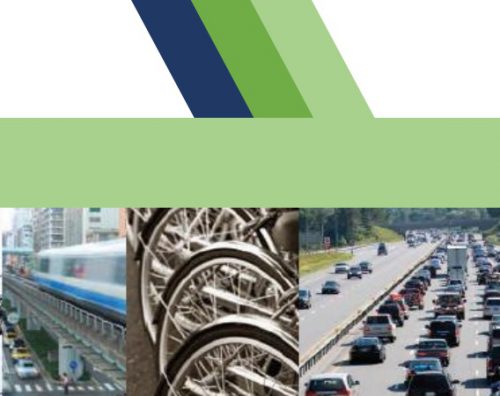
100% Zero-Emission Vehicle Acquisitions by 2035, including 100% light-duty acquisitions by 2027
President Biden’s Executive Order 14057 on catalyzing American clean energy industries and jobs through Federal sustainability and accompanying Federal Sustainability Plan (collectively referred to as “The Federal Sustainability Plan”) sets the Federal fleet on a path to zero-emission vehicles (ZEVs). His plan will help further accelerate a rapidly changing transportation sector and further increase well-paying union jobs and support emission reductions in pollution overburdened communities. It establishes the Federal Government as a leader in clean transportation and builds upon commitments being made by public, private, and non-profit leaders across America and around the world. The Plan’s elements show how the Federal Government can use the power of its procurement to continue U.S. climate leadership in the transportation sector.
Key Actions
• Procure 242 EVSE charging ports to install by end of 2022 and ready field locations for Electric Vehicles (EVs).
• Convert 31 percent of new light duty vehicle acquisitions to ZEVs in FY 2023 with a goal to convert 40 percent of new light duty vehicles in FY 2024.
• Develop a strategic EV transformation plan using iterative multi-year planning to reflect the latest key information regarding mission requirements, vehicle model availability, and
relevant costs.
Optimize agency fleet management to enhance efficiency
To achieve their targets, Federal agencies will improve fleet management by:
• Conducting a comprehensive assessment of agency site and fleet locations in order to plan for efficient deployment of necessary charging or refueling infrastructure, energy storage technologies, and ancillary services to support vehicle-to-grid technology.
• Determining an optimum fleet inventory, emphasizing elimination of unnecessary, non-essential, old, or inefficient vehicles from the agency’s fleet inventory and increasing the proportion of the fleet composed of ZEVs.
• Acquiring ZEVs for all new vehicle acquisitions where the GSA offers one or more ZEV options for that vehicle class.
• Ensuring PHEVs are operated on electricity to the greatest extent practicable.
• Converting agency-owned vehicles to GSA’s leasing program, where appropriate, to accelerate ZEV acquisition and deployment.
• Expanding use of vehicle telematics and using fleet operational data to inform fleet planning and vehicle acquisition strategies.
• Improving accounting and reporting of asset-level fleet data.
Align financial planning for effective fleet planning
To ensure effective planning for ZEV acquisition and deployment and installation of necessary charging infrastructure, agencies will establish internal processes for cost allocation and capital planning on an agency-wide basis, and appropriately account for fuel and vehicle maintenance savings achieved via ZEVs. Agencies will build cross-functional teams with staff from fleet management, operations, facilities, finance, and acquisition departments to identify and plan for the investments necessary for rapid ZEV deployment.
Expand vehicle fleet charging infrastructure to support new zero-emission vehicles
Access to electric vehicle supply equipment (EVSE) and hydrogen stations is critical for effective ZEV deployment. Currently, there are only about 700 Federal charging stations, including some designated for the use of employees and visitors. Installing sufficient charging infrastructure to support rapid vehicle deployment to meet the ZEV targets will be a significant challenge that requires an integrated, agency-level strategy and long-term view that includes:
• Engaging with the private sector, including utilities, to identify and achieve cost-efficiencies;
• Collaborating with personnel across facilities, including fleet, building, facility and site energy managers to plan for future EVSE sufficient to ensure a 100 percent ZEV fleet, including when building or renovating existing Federal facilities and parking areas; and
• Sharing charging infrastructure, including workplace charging, across agencies and where possible with State, Tribal, and local government fleets and communities.
Improve workforce understanding and effect cultural change
As with any new technologies, lack of knowledge and experience can hamper adoption. Training of Federal agency personnel will be necessary and critical to success, including highlighting the excellent real-world experiences of ZEV users and fostering interagency cooperation and peer-to-peer learnings based on successful ZEV deployment in Federal fleets. Fleet and facility managers will collaborate to manage the overall charging load, leading to the integrated operation and coordinated management of building systems and vehicles.
Seek State, Tribal, and local government fleets opportunities to benefit from Federal efforts
The Federal Government will seek ways for State, Tribal, and local government fleets to benefit from the reach and scale of Federal procurement as well as from the fleet planning and analysis tools developed to support Federal deployment. This will include sharing lessons learned, case studies, and technical resources. The effort will include strategies to identify and address how ZEV fleets can support pollution reduction in overburdened communities.